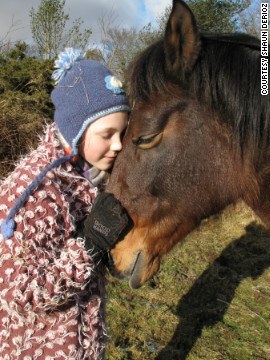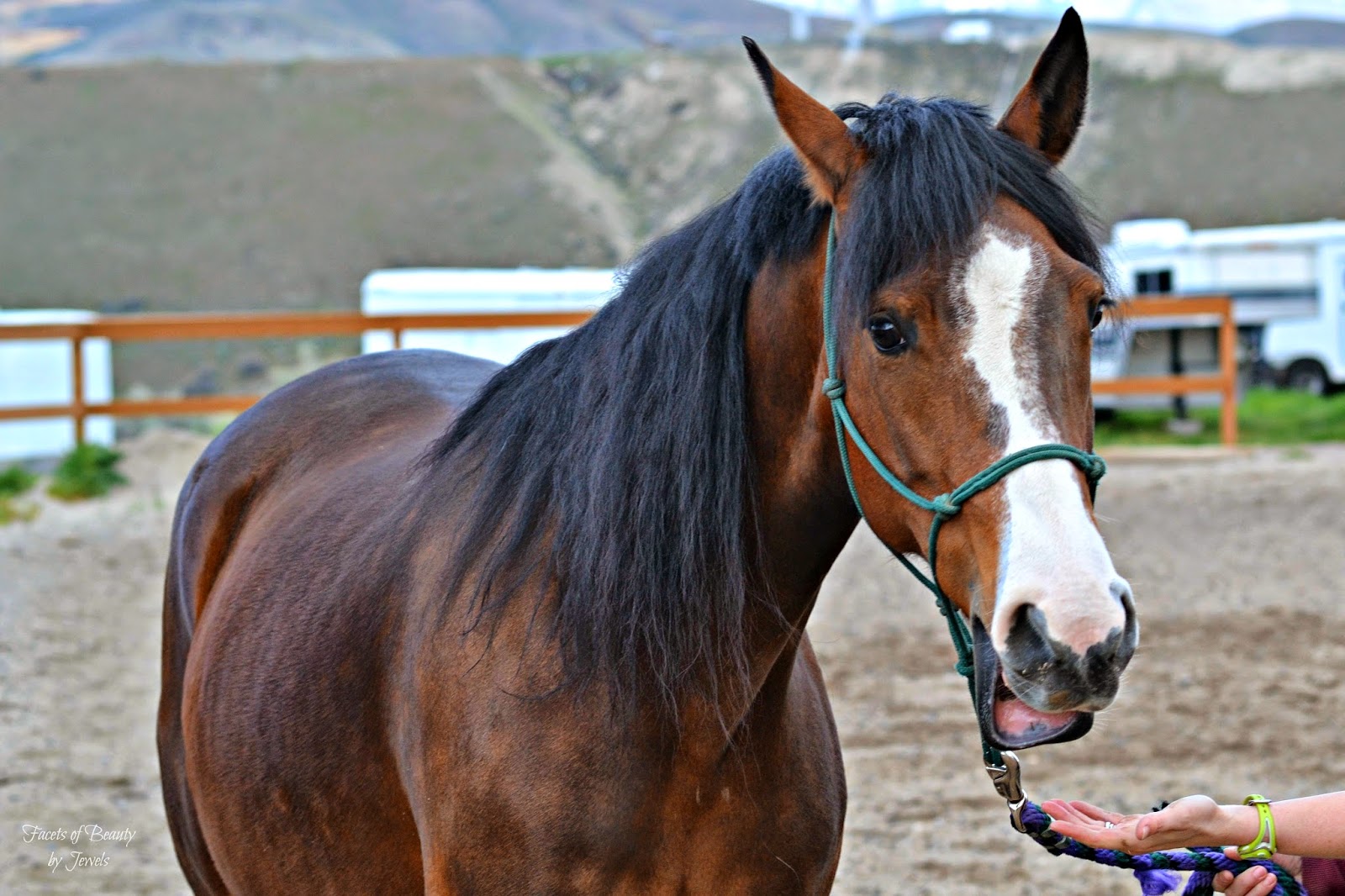 I recently completed a training that addressed attachment, detachment, connection and disconnection, and it led me to think of these concepts in a deeper way. Detachment sounds like such a negative thing. But, in reality, we all need to detach sometimes. So, how does connection/disconnection fit in? And how do all four go together?
I recently completed a training that addressed attachment, detachment, connection and disconnection, and it led me to think of these concepts in a deeper way. Detachment sounds like such a negative thing. But, in reality, we all need to detach sometimes. So, how does connection/disconnection fit in? And how do all four go together?Well, it's easy to think of being attached and connected. In that type of relationship, you are both physically and emotionally attached to the other person (or animal), and you are tuned in to that person/animal. You are aware of what he/she is doing.
But, can you be attached and disconnected? Sure. How that might look is that there is physical contact in the relationship, but no deeper awareness of the other, or awareness of o
ne's impact on the other. It may look like you are connected, but if your mind is elsewhere, really you are not. You can imagine kids like this, perhaps. They might allow others to hold them, or hold their hand, but when you are with that kid, you know they are not really present with you. Maybe they look away, or they are playing a game with themselves, fairly oblivious to those around them. Sadly, adult partners can also be this way, and it can be confusing because it looks good on the surface, but doesn't feel good. And, lastly, I would argue an eating disorder can create this. It appears the one with the ED is present in relationships....they make the right moves....but, really, sometimes they are connected to their ED more than those in their lives.
So, now, detached and disconnected seems to go pretty much without description, much as attached and connected does. I think this is the person who is isolated, not letting the relationship in at all.
Okay, so that brings being detached, but connected. In the training, the task was to physically detach from the horse... meaning, we were to no longer touch the horse or communicate in any significant way....but, we were to remain connected. So, our task was to keep the horse tuned in to us, while we backed away. For another example, in dog terms, perhaps this is telling your dog to stay, while you back away. You want to maintain the dogs attention, without having to be attached.
So, how do we apply this concept to human relationships? In what situations might we need to detach, but remain connected. Well, a big part would be linked to our ability to bring our connections with us even when we need to be separate. So, can we hold onto the love from another, even when physically separated? Can we allow that love to comfort us, without the person being there? Perhaps there are times where we need to disconnect from the actions of another, but remain connected to them, rather than simply throwing the relationship away. I can see this definitely being present in some of the more extreme stages of an eating disorder. It feels terrible, but the family might need to detach from the person with the eating disorder, so they are no longer hooked into care taking or unintentionally reinforcing the disorder, while remaining attached to the person inside, their loved one. These family members would not walk away, but instead respond as soon as their loved one showed a commitment to change.
Now, all this is pretty much me musing "out loud." I'd be interested in what some of you think about this concept!












